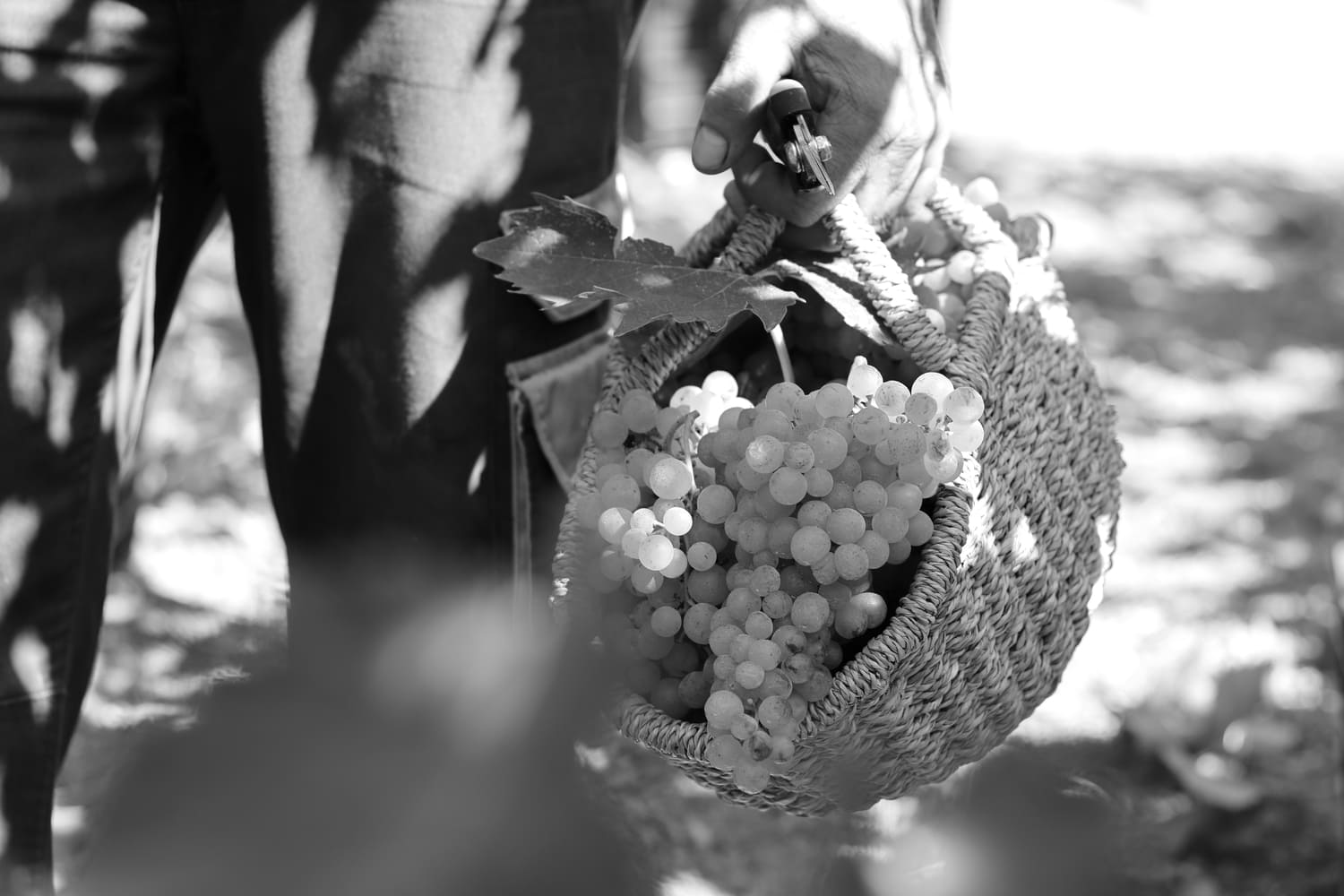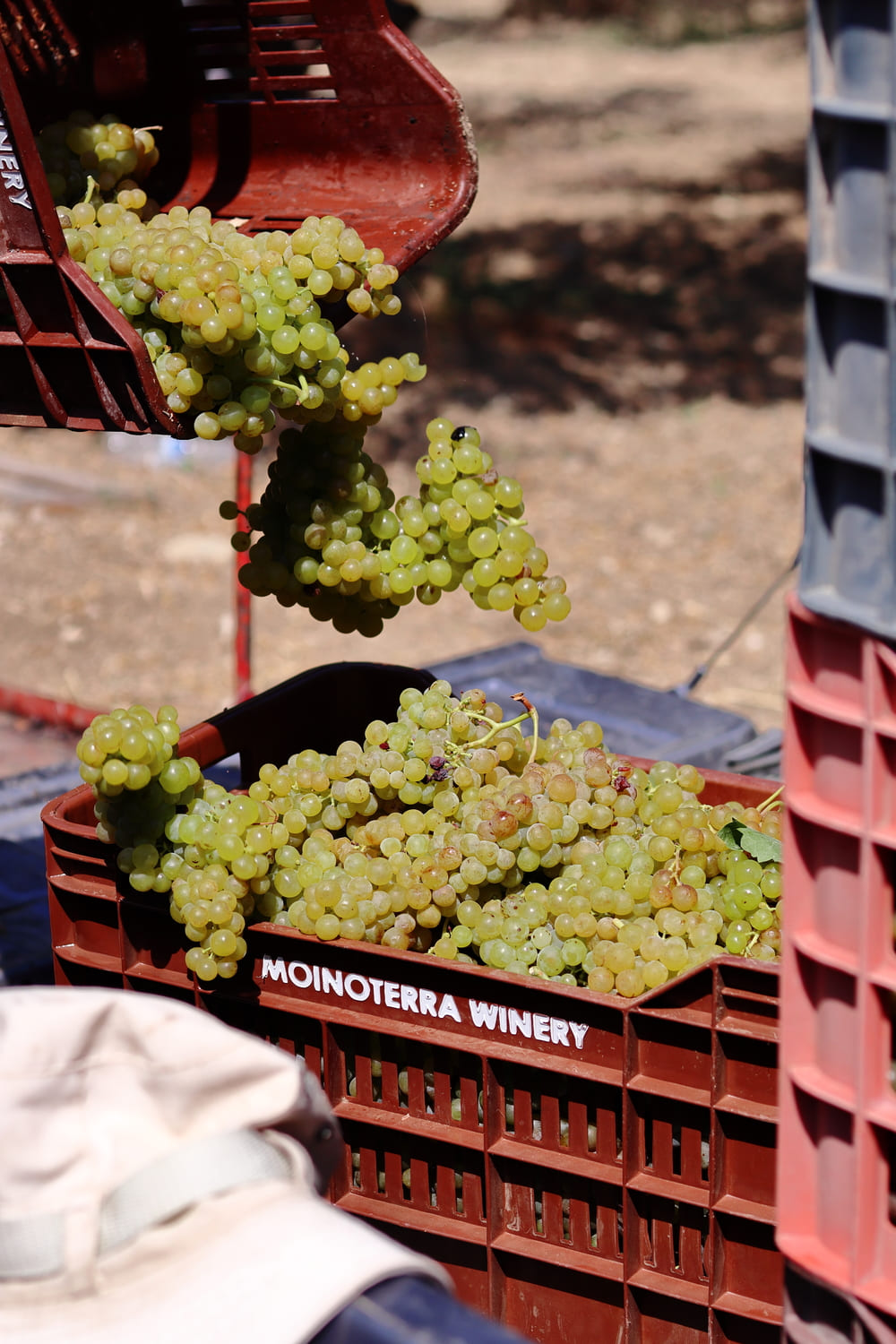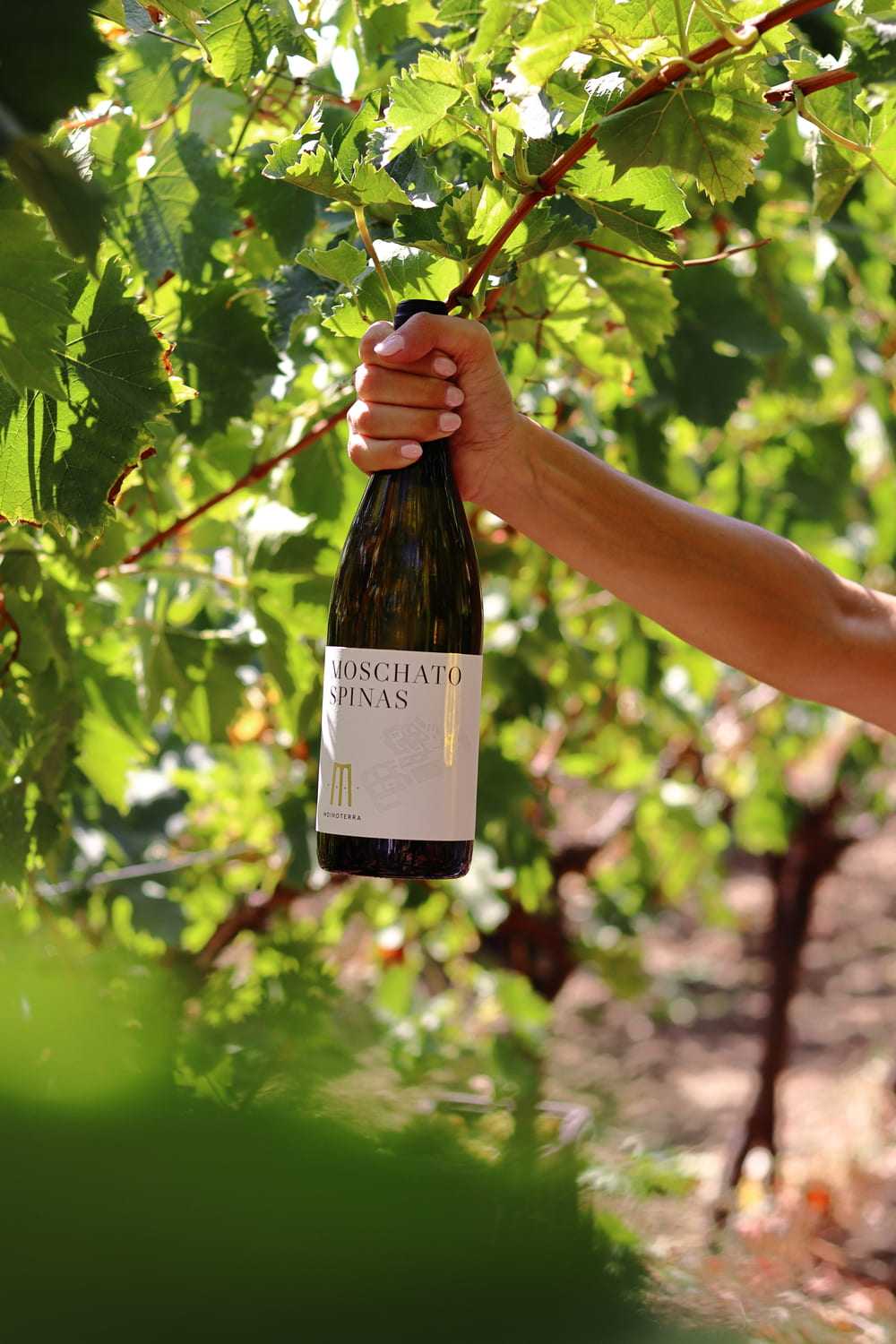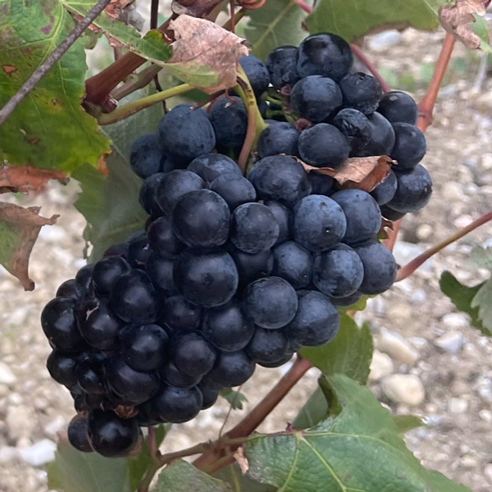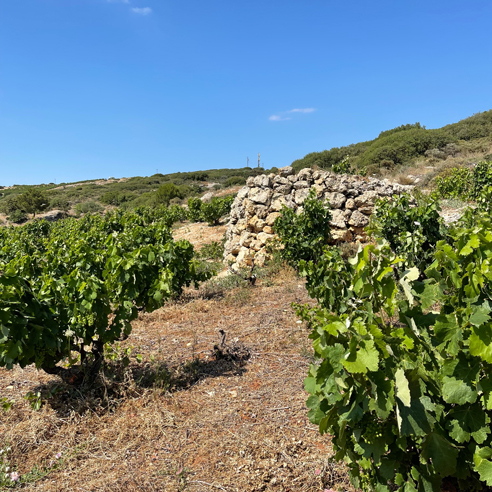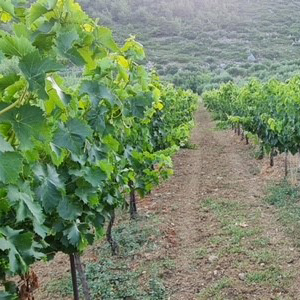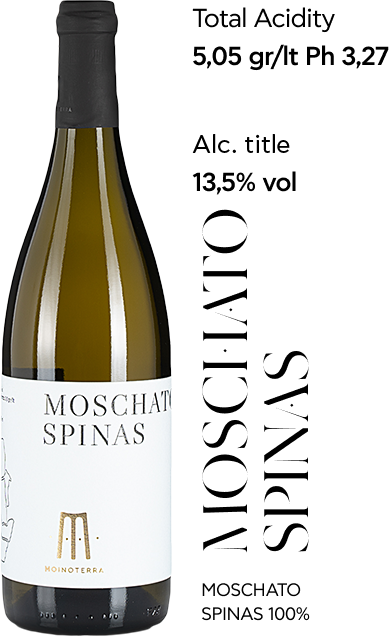WE CULTIVATE OUR OWN PHILOSOPHY OF LIFE
Preserving the Cretan identity we choose local varieties.
It is an eminently Cretan variety and the undisputed queen among the island's white grape varieties. Due to the long wine history of this glorious island, Vilana is a bridge with the archetypal white wines of ancient Crete. As for the plant, it is quite robust and lively in terms of its foliage, while it is particularly productive both in bunches and in the density of the horns they bear. Of course, it is quite sensitive. A characteristic of the variety is also the thin skin of the grape, as well as its good taste. This particular variety requires draining slopes for its cultivation. The characteristic aromas of this particular variety are citrus fruits (lemon and orange), pear, but also floral aromas, such as jasmine and herbs.
The Muscat family is one of the oldest varieties, while it is cultivated in almost all the wine regions of the world. Our Muscat takes its name from the mountain village of Spina, in the province of Selino, Chania, and is one of the most aromatic varieties of the Cretan vineyard. Its grapes are small, with small ridges and a thin golden-yellow skin, quite sensitive and therefore need special care from the viticulturist. Spina’s Muscat gives dry but also sweet wines, with intense aromas, dominated by flower blossoms, hyacinth, jasmine, gardenia, citrus fruits, peach, apricot and herbs such as chamomile. It is combined with other white varieties that are not as aromatic in a milder approach. They are eaten fresh and served at a low temperature of 9-12°C.

It is one of the best known island red varieties of Greece with many nicknames from place to place. Its known names are mandilari (Crete), amorgiano (Paros), black koundura (Evia) as well as pariano, vaftra. It thrives best in places with dry summers, dry soils and relatively low altitude. It is resistant to drought, but highly susceptible to botrytis, downy mildew and acid rot. That's why you need to be careful in heavy rain. As a stump it is lively and of great production. It is formed into a low cup and bilateral cord. Its flowering begins in mid-May and technological maturity in early September to early October. It is characterized by its intense and stable color, for this reason it is combined with other varieties to enhance the color of the wine produced. In addition, it gives a low alcoholic strength and moderate acidity to the wines. It has aromas of black fruit, leather and spices.
It is a red Greek variety, a landmark in the Cretan vineyard. As a stump it is lively and is formed into a low cup-shaped and linear bilateral cord. Prefers clay-limestone or gravelly soils, with good drainage. The grape is dense and conical, while the pods are round, medium in size and blue in color. It has a high alcohol content, mild tannins and acidity. Its color is soft and unstable, for this reason it is preferred to be mixed with varieties with a more intense color, more tannins and acidity, such as Mandilaria, but also to round out their astringent character. The single varietal vinifications give a transparent, tile color, aroma of red fruits mainly cherry and plum and has the possibility of a little aging. The single varietal vinifications have the possibility of developing in the bottle for 4-5 years. It participates in PDO Peza and PDO Archanes wines.
A native variety of Santorini, it is cultivated sporadically on Santorini, other islands, and the rest of Greece. It is one of the country's noble varieties and has been named the most important white wine by foreign tasters. Assyrtiko has attracted worldwide interest, which is why Australia and California have begun cultivating it and producing their own Assyrtiko wine over the last decade. It is a versatile variety that can adapt to different ecological environments and therefore produces many types of wines with distinctive characteristics depending on the region where it is grown.
When vinified alone, it produces quiet dry wines, either fresh or barrel-aged, which have aging potential, but also sparkling wines and resins. Wines made from Assyrtiko, whether tank or barrel aged, have the potential to age for 5 or 10 years, but can age for much longer.
The fresh mineral character, intense primary fruit aromas, flint, gunpowder and the sea feel are some of the characteristics of Assyrtika. When the Assyrtiko remains on the lees, it gives off a greasy feel but also aromas of toast, vanilla, smoke and yeast. While when aged it gives notes of honey, raisins, peach jam and orange. It goes perfectly with grilled fish and seafood, shellfish, cheeses and lemony meats.



